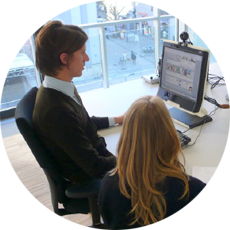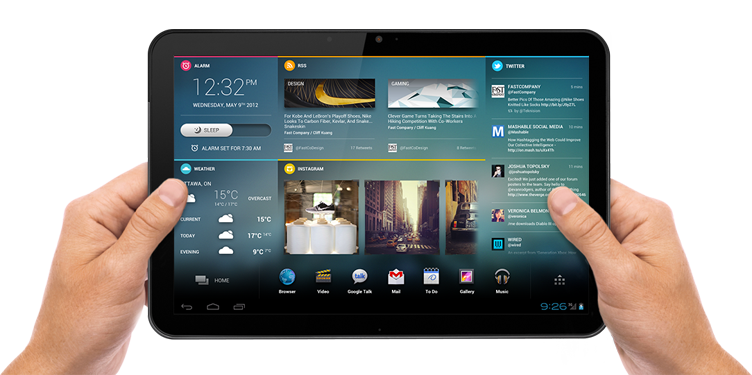UX and CX is as much about the mind of the customer as it is about the design of the Interface. The mind, however, is not easy to understand. This is where the power of consumer research comes into play in UX and CX research.
Consumer Research + UX/CS Research = Powerful Results
Understanding the Consumer’s Mind
How UX and CX Research is Conducted
At the Weblab
1 : Simulate Natural Conditions
Authentic research requires authentic testing conditions. We regularly “stage” environments in which authentic testing can take place. We also spend a lot of time and energy in perfecting the task conditions and instructions to be given during the UX / CX testing sessions.


2 : Observe without Interruptions
Traditional UX research is conducted in a very obtrusive manner. Not so at the Weblab. We leave the consumer alone to do the tasks while everything is being recorded using Eye Trackers or powerful software that captures the screen and the key strokes. When using a directed task condition also, we design the study with minimum interference from the researcher.
3 : Measure, to avoid bias
We are experts in quantitative and qualitative research. So, we know only too well that qualitative data can exaggerate non critical information. We therefore administer a scientifically created survey right after the consumer ends his session with the interface.


4 : Replay Session & Conduct Interview
Most UX sessions last two hours. In the first hour, a respondent completes the given tasks. In the second hour, an expert consumer researcher sits along side the respondent, replaying the recording of the Eye Tracker session. The researcher goes frame by frame, asking questions and probing UX related themes as well as conducting a deep qualitative interview.
UX and CX studies for Websites, Mobile, Software, Interactive POS…
Websites and Mobile interfaces are tested in the Eye Tracker lab as well as a 24 seat Group lab. Interactive POS are tested in our mock Retail store. Studies can also be conducted remotely using Web conferencing.




Case Studies
Improving User Experience for Members
The onboarding process of a customer is explored and detailed in a step-by-step process to understand the customer’s first experience with the company.
E-Product Testing & Redesigning
An online costing tool had low customer engagement. A study was conducted to understand the drivers of the current user base, the impressions of the current tool, and product redesign.
3D Software
Testing
A technology company wanted to test their newest 3D software. Consumers interacted with the software in a mock retail environment to gain insights on how intuitive the software was to use.
Interactive POS Material/ Kiosk
A new retail POS platform was tested to understand how it aided consumers in selecting the right product. Customers visited the mock store and tested the on-screen POS demo in a live retail setting.
About the Weblab
The C3Research Weblab is a 6000 sq. ft. state-of-the-art consumer research lab based in Orlando, Florida. The lab resources include the latest eye tracking equipment, mobile eye tracking stands, 3D glasses. Our biometric technology measures heart rate, skin conductance, and facial muscle readings.
A 24 seat Group Lab is used to study websites and online advertising. A 1000 sq. ft. Retail Lab mimics a retail store and is used for testing Interactive POS and store layout, among other things.


